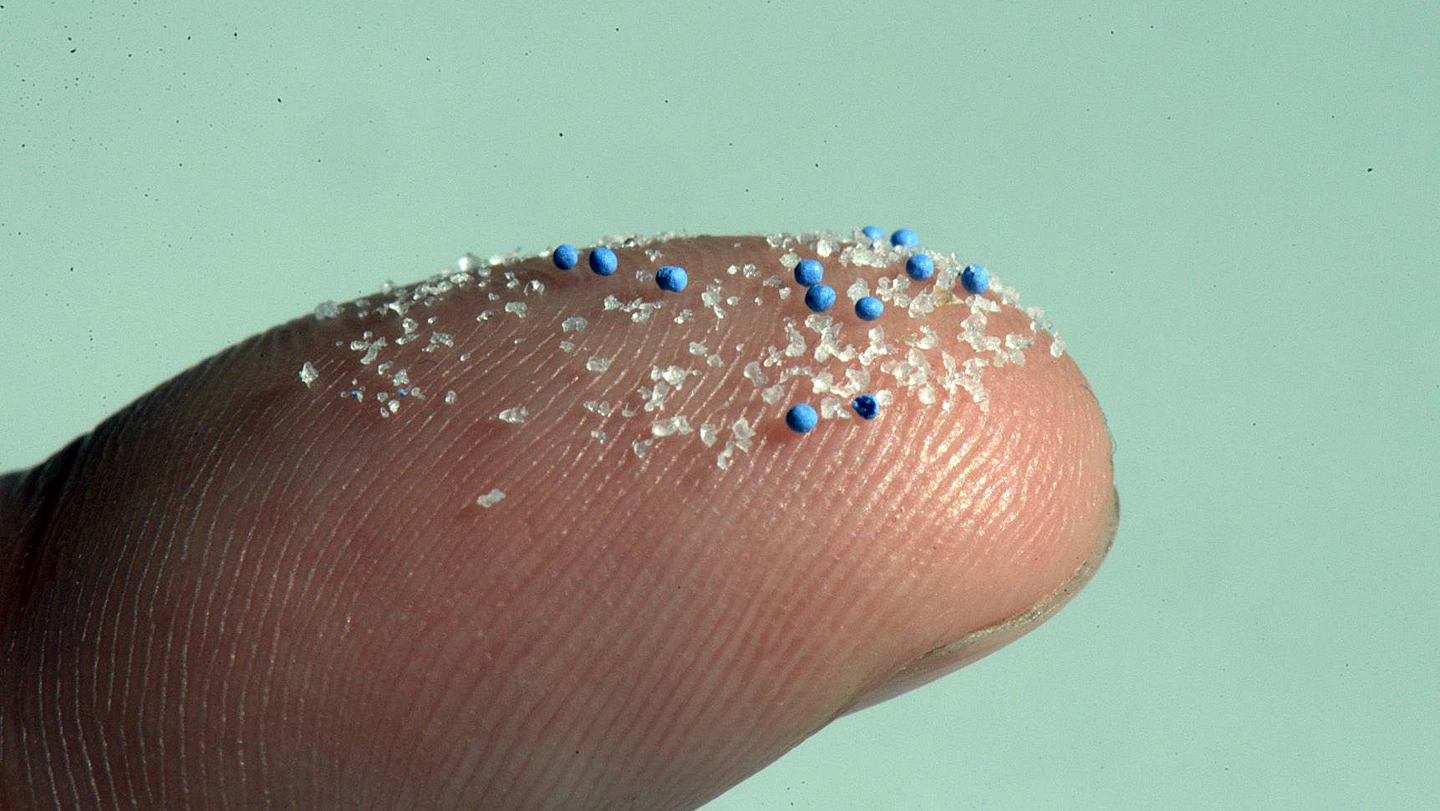Researchers led by environmental chemist Naixin Qian at Columbia University have developed an innovative imaging technique in response to the urgent need to study the potential health impacts of microplastics entering our bodies.
Unlike previous methods that only provide aggregate estimates of particles, this new technique not only distinguishes individual nanoparticles, but also identifies them.
Nanoplastics, plastic fragments smaller than one micrometer, are by-products of industrial processes and the degradation of larger plastic materials. According to Qian and his team, these nanoparticles could play an important role in toxicity assessment due to their ability to cross biological barriers.
The researchers used stimulated Raman scattering microscopy, a method that uses lasers tuned to resonate with specific molecules. By applying algorithms to cross-reference chemical resonances in their database, they were able to determine the chemical composition of the target particles.

About 90 percent of these are nanoplastics
Testing several popular brands of bottled water in the US, the team discovered up to 370,000 particles per liter in some samples, of which about 90 percent were nanoplastics. This finding suggests an average of 240,000 nanoplastic particles per liter, 100 times more than previous estimates.
Interestingly, the most common plastic detected was not the material of the bottle itself, but a compound called polyamide, which ironically makes up the filters used to purify bottled water.
Previous estimates primarily considered larger particles, but the researchers discovered that smaller particles made up about 90 percent of all the plastic they detected.
While microplastics pose no immediate risk of toxicity, concerns remain about their long-term effects as they accumulate in various tissues in our bodies, including the brain and placenta. The problem is further complicated by plastic’s tendency to attract potentially harmful companions such as antibiotic-resistant bacteria and toxic molecules such as fire retardants and phthalates. Smaller plastic molecules can potentially transport these substances into our most sensitive tissues.
The new imaging technique not only allows direct visualization of potentially toxic deposits, but also helps identify these particles by providing more comprehensive chemical identification data. Qian and colleagues hope that the technique can reveal the interactions between these particles and our biological tissues and shed light on growing concerns about toxicity. “Single-particle imaging with nanoparticle sensitivity and plastic specificity provides indispensable information to address the growing concern of toxicity,” the researchers conclude.
References:
https://doi.org/10.1073/pnas.2300582121
https://www.sciencealert.com/bottled-water-is-packed-full-of-up-to-100x-more-microplastic-than-expected

Leave a Reply